7 Ways Brands Can Speak Out Against AAPI Hate On Social Media
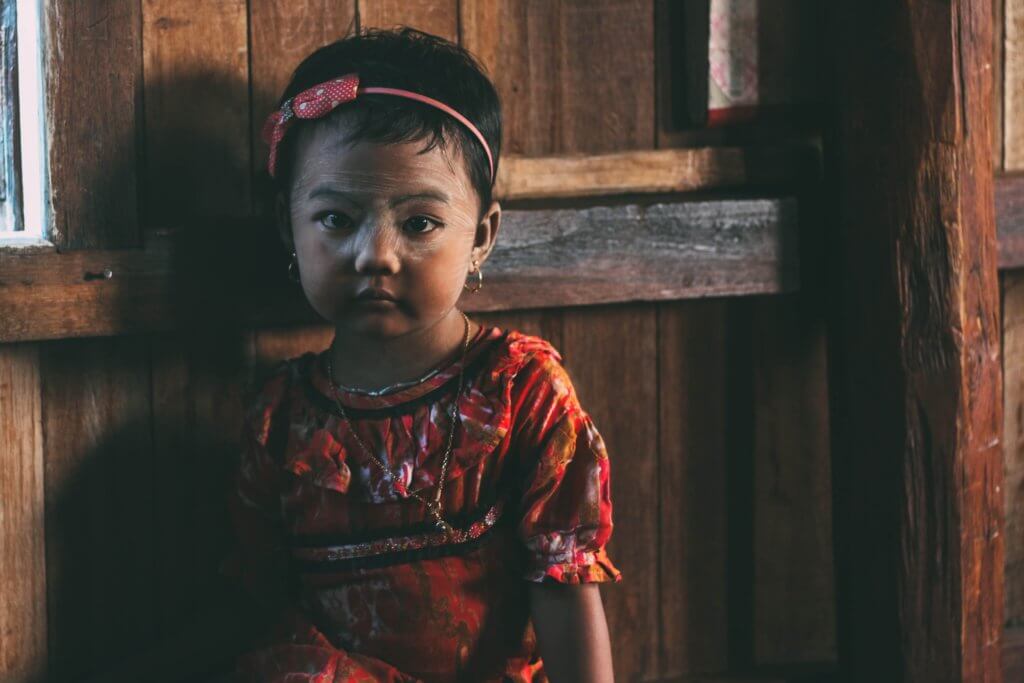
It shouldn’t be necessary to publically point out that hating people because they’re Asian is unacceptable, and yet here we are. In the past few days alone, Jeremy Lin was called “coronavirus” by another player during a basketball game, Alexi McCammond had to resign as the editor of chief of Teen Vogue for Tweets she […]
A Statement On This Week’s Tragedy In Atlanta
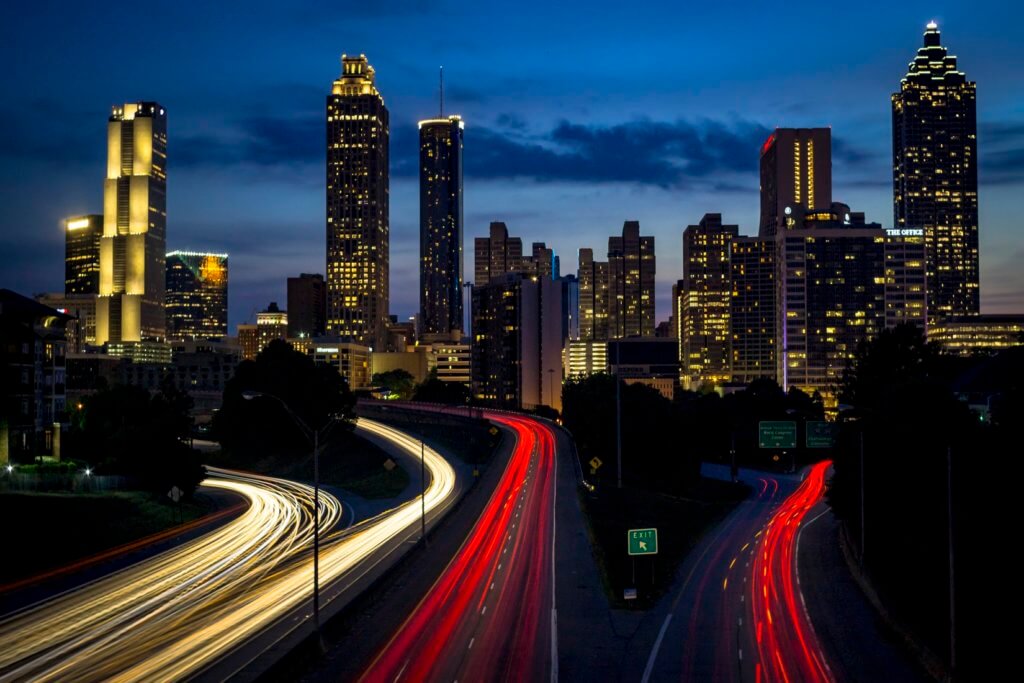
The following statement is from ListenFirst’s cofounders, Christian Anthony and Jason Klein. As we approach the close of another tragic week, we feel the need to acknowledge the recent attack on three massage businesses in the Atlanta area that stole the lives of eight people, six of whom were of Asian descent. Since Tuesday, we’ve […]
7 Social Media Insights Around The Oscar Nominations
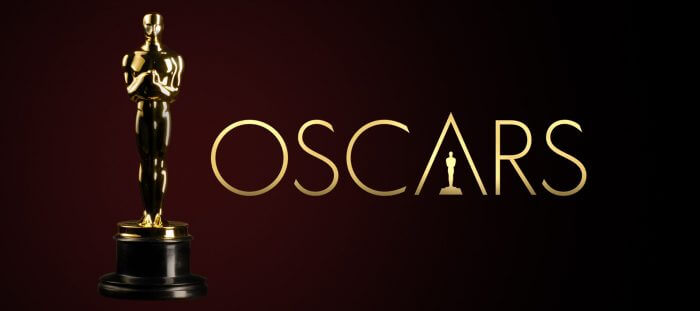
ListenFirst just launched our new YouTube channel, and in our inaugural video, we used our social media analytics to determine the audience response to the recent Academy Award nominations. Without further ado, here are the Top 7 social media insights you should know about the Oscar nominations. Insight #1. Expect Interest To Be Way Down […]
Measuring the Brand Impact of Influencers Webinar
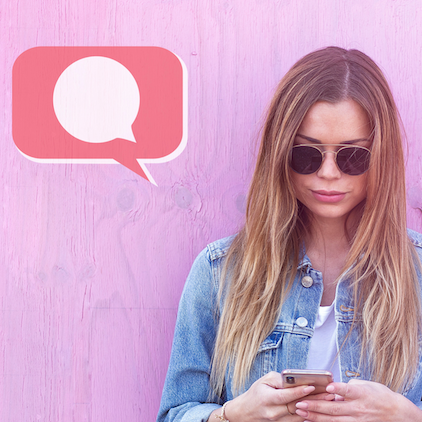
Influencer marketing has moved from the latest social media trend to a key budget item in advertisers’ social media plans. While the need to effectively analyze the full impact of this investment has never been greater, measuring success is a challenge. Are product placements, public appearances and sponsorships working?
7 Strategies For Brands To Talk About COVID-19 Vaccines
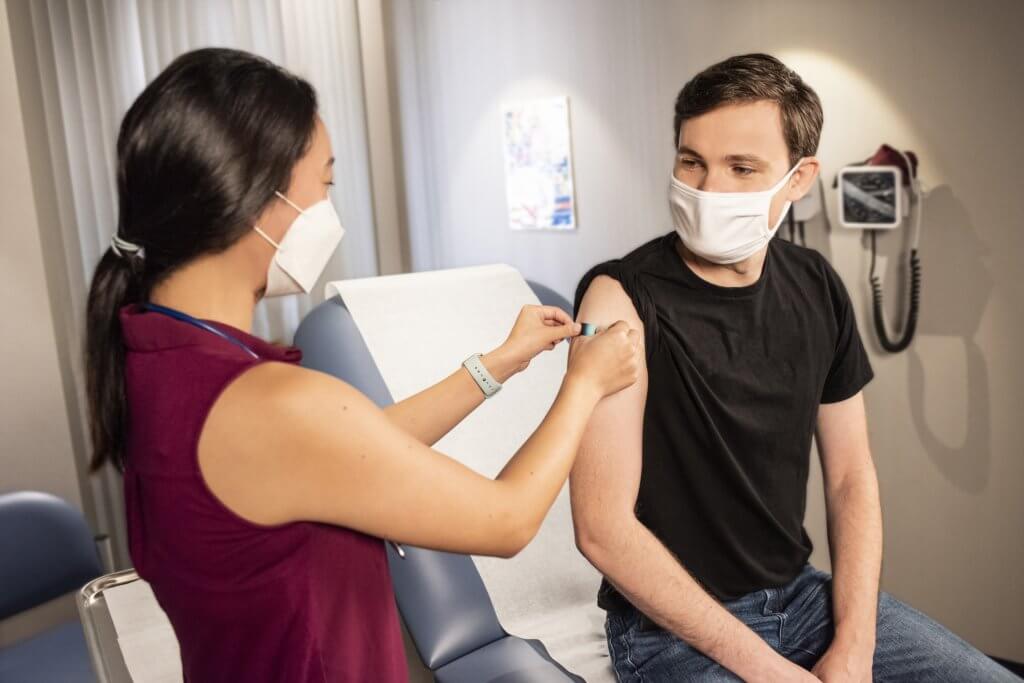
At this time a year ago, when the prevailing wisdom was that the general population didn’t need to a wear masks to protect themselves and that the only defense against the worst pandemic in a century was just washing your hands more, it would have been unthinkable to assume that we’d have a vaccine by […]
Consumer Brands: Social Media Industry Benchmarks
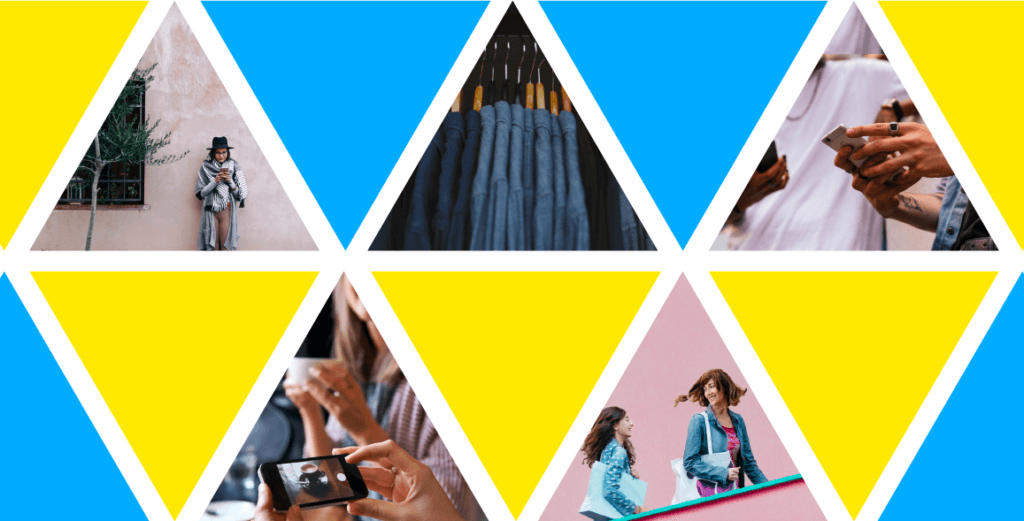
The ListenFirst Industry Benchmarks Report for Consumer Brands answers all these questions and more, arming your team with the competitive insights necessary to make sure your social media content is being seen by the widest, most relevant audience.
